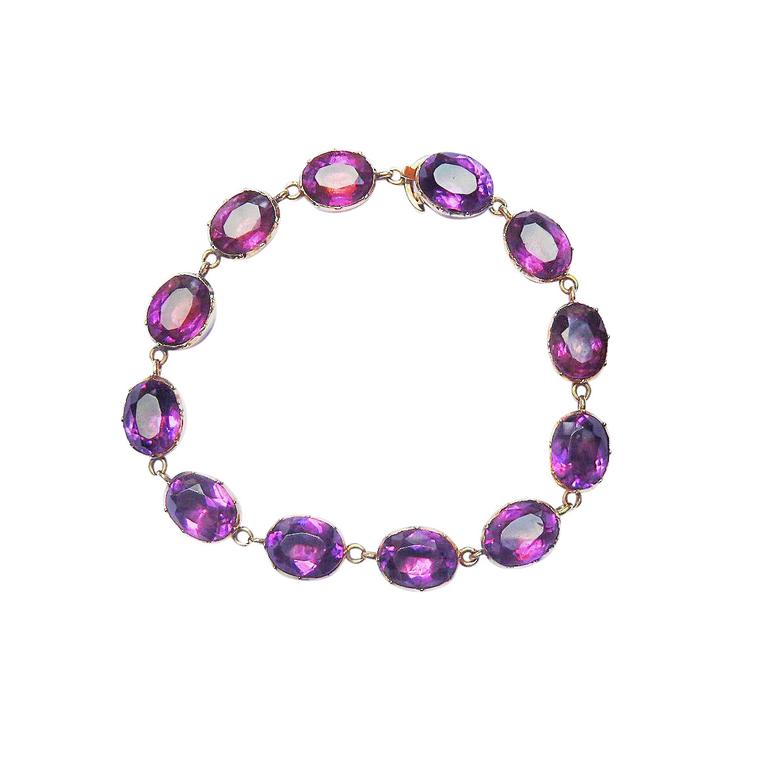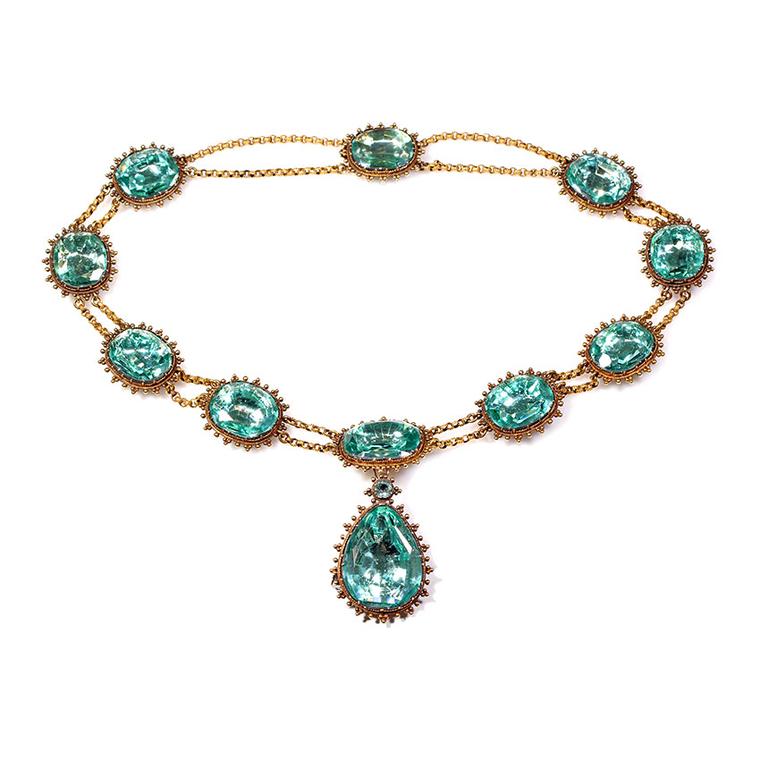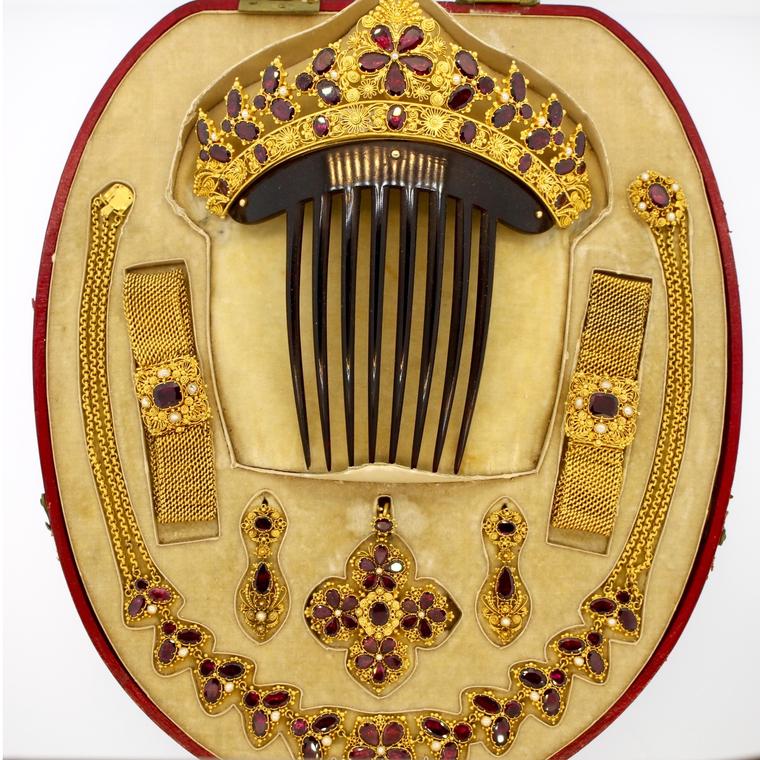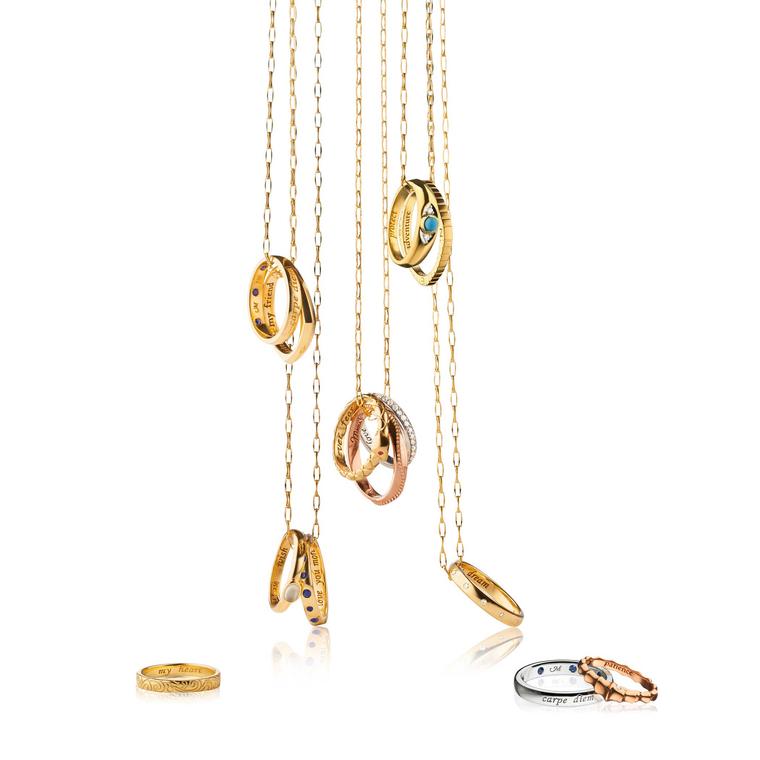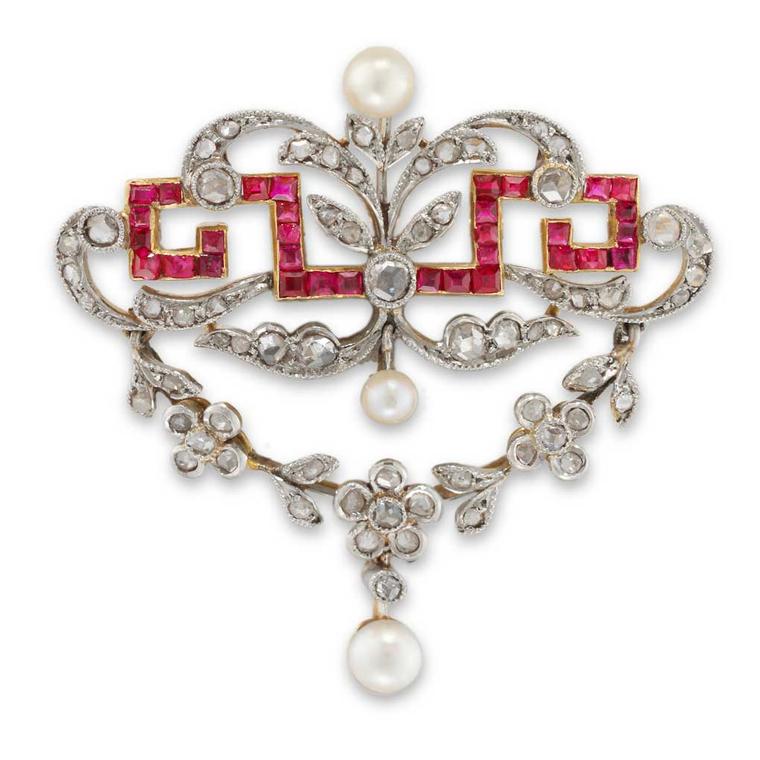
While singing her legendary rendition of the famous tune in Gentlemen Prefer Blondes, Marilyn Monroe may have seduced women into desiring diamonds - and men into desiring her - but while doing so, she was shimmering from every angle in faux gems. And although famed women coveted diamonds and other precious gemstones, they were also enamoured with an antique jewellery process created in the 18th century, known as antique paste.
Read more about Marilyn Monroe-inspired diamond jewellery
First invented in France, high society and royalty, including the legendary Madame du Barry and Marie Antoinette, often wore necklaces, earrings and tiaras crafted from paste, prominently and on special occasions. Soon after it became popularised in France, this form of antique jewellery spread to England, Spain and Portugal, and attracted a widespread regal audience throughout.

Antique paste jewellery, which has now become as collectible as other pieces of 18th and early 19th century jewellery, is recognised as an art form in its own right - not a simulation of diamonds or gemstones, but as enchanting jewellery that took France by storm. The paste process was invented by jeweller Georges Frédéric Strass, who used a high lead content glass that could be hand-faceted, hand-cut and polished, and was extremely reflective. During this time, diamonds and other precious stones had to be cut around the shapes in which the gems were found. In the early 1730s, Strass became famous for his paste jewellery, which was also know at “stras”, and was appointed Jeweller to the King of France in 1734.
Like the other gemstones of this time, antique paste was foil-backed and in closed settings, which enhanced the brilliance, colour and depth of the stones. Most often the early paste was set into silver or silver-topped gold in cut-down or collet settings. It was also set into beautifully detailed and crafted earrings, brooches, necklaces and bracelets - sometimes in suites or parures - and men’s cufflinks and buttons, many of which were redesigned into rings and smaller drop earrings in the later half of the century. The most desirable designs among today’s antique jewellery collectors are the revières, the more elaborate earrings, the stomachers and the Maltese crosses.
See more jewellery featuring the Maltese Cross

Georgian paste often has a black dot painted on the culet - the tip at the bottom of the gem - which inspired the term “black dot paste”. This helped give the illusion of depth. The most authentic paste jewellery was designed up until approximately 1865, which accounted for some of the open-back paste during the Victorian period. These pieces were brilliant and colourless, and were set in a variety of settings. The motifs also grew in diversity to include symbolic motifs, such as the Saint Esprit dove, as well as crescent moons, witches’ hearts, lizards, and a host of other creatures and floral sprays.
After this period, paste was still being used but it was also a time of innovation due to the industrial revolution, and patent-led glass cutters such as Daniel Swarovski turned glass into a different art form - albeit not with the same original elegance and aristocratic air of antique paste jewellery.




